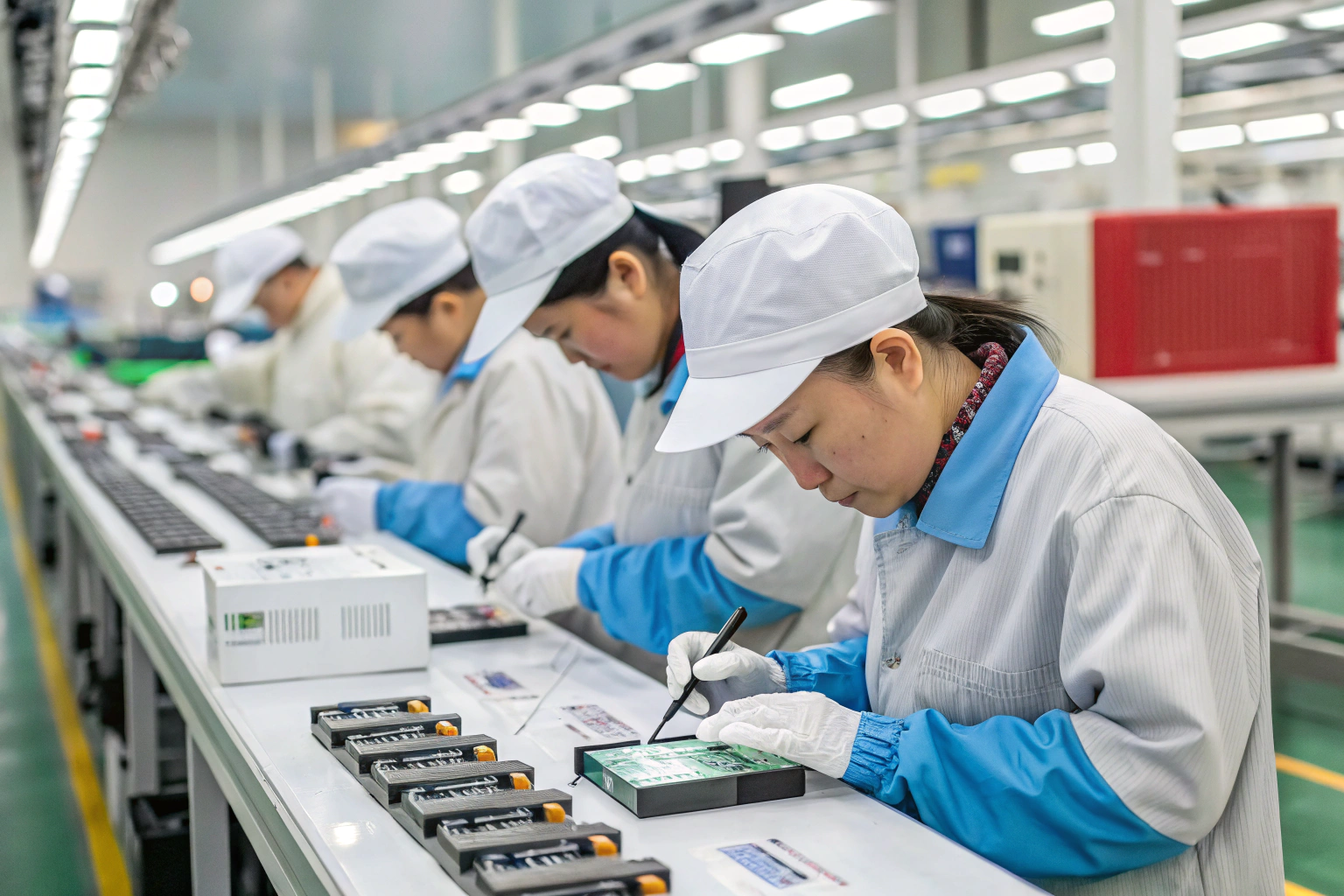Creating a high-quality white noise machine involves more than just combining plastic parts and speakers. Behind each device lies a detailed and controlled manufacturing process that ensures consistency, safety, and acoustic performance. Whether you're a distributor seeking a reliable supplier or a curious buyer wanting to understand what makes a good white noise machine, learning about the production process offers valuable insights into product quality and innovation. So, how exactly is a white noise machine made?

What Are the Key Components of a White Noise Machine?
Every white noise machine includes several essential components that determine its function and sound quality. These typically include:

- Speaker unit: Responsible for producing sound with clarity and balanced frequency output.
- Sound chip or digital processor: Stores or generates the white noise (and other ambient sounds).
- Power source: Either a rechargeable battery, USB, or plug-in power supply.
- Enclosure: The outer shell, often made of durable plastic or metal, designed to enhance acoustics and protect internal components.
- Control interface: Includes buttons or touch panels for selecting volume, sound modes, and timers.
These components are selected based on performance needs, user convenience, and manufacturing cost, and are integrated in the early design phase to streamline production and assembly.
How Is the Internal Sound System Engineered?
The core of a white noise machine is its sound system. During development, engineers test various frequency profiles to ensure the machine can produce smooth, consistent white noise, as well as other ambient sounds like rain or ocean waves. Audio engineers use digital signal processing (DSP) chips to fine-tune the output, avoiding harsh peaks and dips in the sound spectrum.
Calibration is critical. Machines are tested in anechoic chambers—rooms that eliminate echoes—to measure sound consistency and clarity. Equalization curves are created to match the desired sound profile, ensuring that the output remains stable across different volume levels. For premium models, manufacturers may add features like adaptive sound adjustments, which automatically modulate the volume based on ambient noise.
What Materials Are Used in Production?

The materials used for each part of the machine affect its durability, acoustic performance, and aesthetics. Most white noise machines feature a plastic housing (usually ABS or polycarbonate) that balances cost and strength. For higher-end models, manufacturers may choose metal components or use acoustic fabrics to enhance sound quality.
Internally, sound chips are sourced from specialized electronics manufacturers, and speakers are selected based on diaphragm size and output range. Environmental safety standards such as RoHS compliance and CE certification are followed to ensure all materials meet international quality and safety guidelines.
| Component | Typical Material | Function |
|---|---|---|
| Speaker | Mylar or paper cone | Produces sound |
| Sound chip | Silicon-based DSP | Generates sound waveforms |
| Housing | ABS/polycarbonate plastic | Protects internal parts, shapes acoustics |
| Buttons/interface | Rubber, capacitive sensors | Controls functions |
What Are the Main Steps in the Assembly Line?

Assembly of a white noise machine follows a standardized sequence to ensure efficiency and quality control. Here’s a typical breakdown:
PCB Mounting: Circuit boards are fitted with processors, sound chips, and power management modules using surface-mount technology.
Speaker Installation: The speaker unit is precisely positioned within the enclosure to optimize sound output.
Housing Assembly: The plastic or metal case is fitted around the internal components, often snapped or screwed together.
Interface Integration: Control buttons or touch panels are added, and wiring is connected to the main board.
Acoustic Sealing: Foam or rubber seals are applied to prevent sound leakage and vibration.
How Is Quality Control Maintained Throughout Production?

Quality control is a core part of the manufacturing process. Every production batch undergoes strict inspection at each stage. Technicians check soldering accuracy, speaker alignment, power stability, and audio fidelity. Sampling is used throughout the line—every few units are selected for full-range testing, including stress tests, drop tests, and temperature/humidity resistance tests.
Manufacturers also ensure compliance with certifications like FCC, CE, and RoHS, especially when exporting to markets such as the U.S., EU, or Japan. Final products are also checked for cosmetic defects, user interface performance, and packaging integrity before shipment.
What Customization Options Exist for OEM/ODM Orders?
For B2B buyers, customization is often essential. OEM (Original Equipment Manufacturer) and ODM (Original Design Manufacturer) services allow clients to tailor everything from design and features to packaging and branding. Common options include:
- Custom sound libraries: Adding branded or proprietary ambient sound profiles.
- Smart features: Integration with apps, timers, and voice assistants.
- Exterior design: Unique shapes, materials, or colors to suit different markets.
- Packaging: Fully customized retail boxes with client branding and language.
These options are integrated during the prototyping stage, with 3D models and acoustic simulations run before mass production begins. This flexibility allows distributors to differentiate in competitive markets while maintaining the quality of a proven manufacturing line.
Conclusion: Why Manufacturing Details Matter
Understanding the manufacturing process of a white noise machine reveals the complexity behind a seemingly simple product. From material selection and sound engineering to precise assembly and quality control, each step ensures the final device performs consistently and safely. For businesses and consumers alike, knowing what goes into the making of a white noise machine helps identify products that stand out not just for design, but for reliability and acoustic performance.

